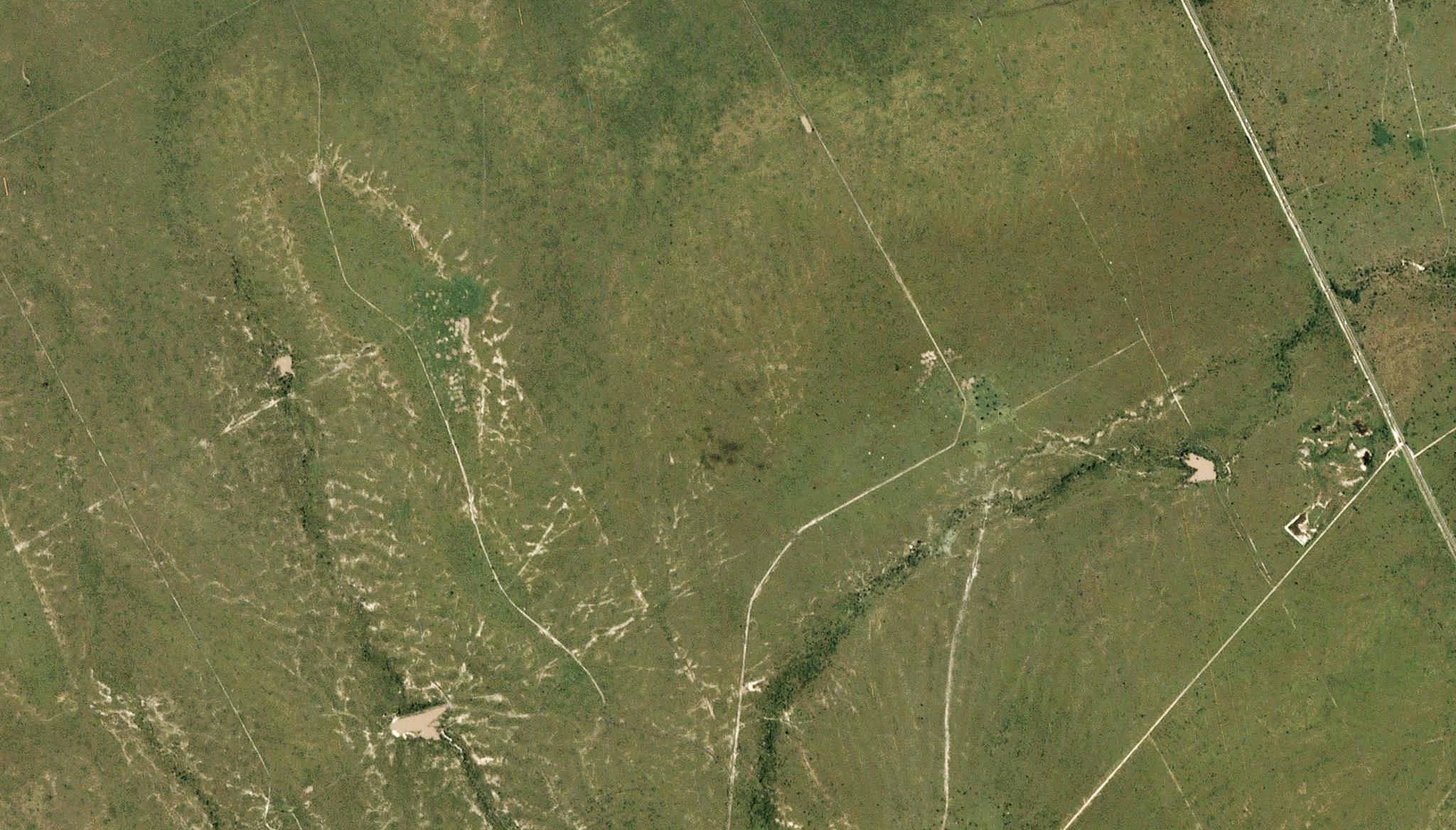PlanetScope enables identification of livestock enclosures in Kenya to support research in soil health and greenhouse gas emissions
Image above: Planet image of a livestock enclosure in Kenya also known as a boma taken February 7, 2020. © 2020, Planet Labs PBC. All Rights Reserved. As the sun sets each night on the African rangelands, wild predators begin their hunt. If lucky, they find themselves an unsuspecting cow or pig at the dismay of local farmers. So, to protect livestock from both predators and thieves, farmers in the rangelands have developed a practice of corralling their animals in night-time enclosures called bomas. With a high density of livestock kept in a small area each night, bomas concentrate animal waste, making the area both nutrient rich as well as a source of nitrous oxide (N2O). While fertilizing the soil is helpful for biodiversity, high concentrations of nitrous oxide, a greenhouse gas, can be harmful to efforts to curb climate change. To accurately evaluate such emissions in these landscapes, impacts of bomas need to be better understood. With this in mind, researchers from University of Twente in the Netherlands, International Livestock Research Institute in Kenya, Agroscope in Switzerland, University of Copenhagen in Denmark, Food and Agricultural Organization in Italy, and Karlsruhe Institute of Technology in Germany have conducted a study as the first effort to map and monitor these bomas locations and evaluate the environmental impact of these sites. Using PlanetScope, these researchers were able to analyze these locations by looking at spectral changes with PlanetScope’s near infrared (NIR) band to observe reduction in vegetation and increases in organic material (waste) in the boma locations. The research analyzed the environmental changes caused by mobile bomas, which have a frequent rotation of location on the rangelands. “Initial experiments indicated that more frequent shifts in the boma locations could help to reduce N2O emissions,” said the authors. Their research suggests that mobile bomas present an opportunity for farmers to create a balanced system of protecting their livestock and increasing soil nutrients while also mitigating emissions. The full study can be found in Remote Sensing of Environment.

Ready to Get Started
Connect with a member of our Sales team. We'll help you find the right products and pricing for your needs.


